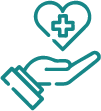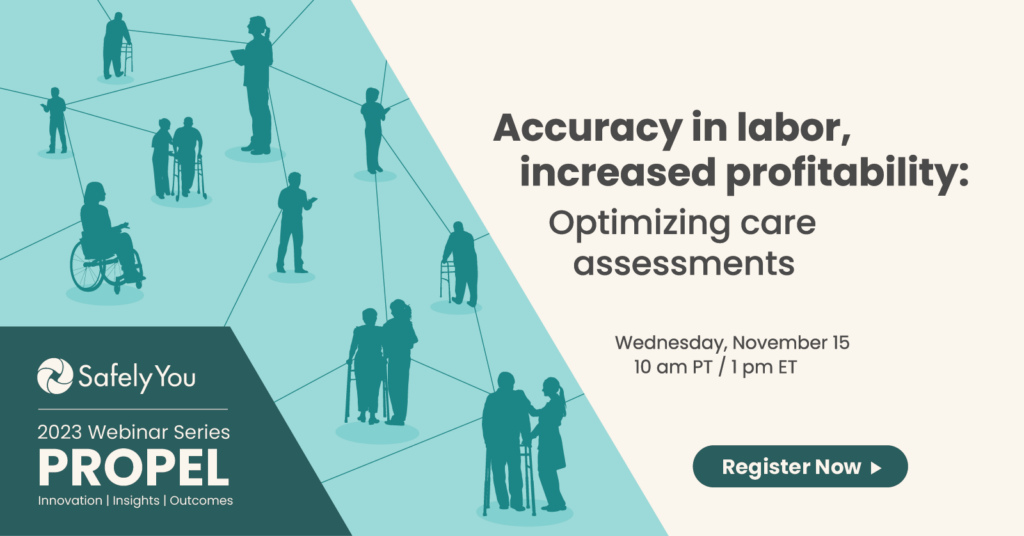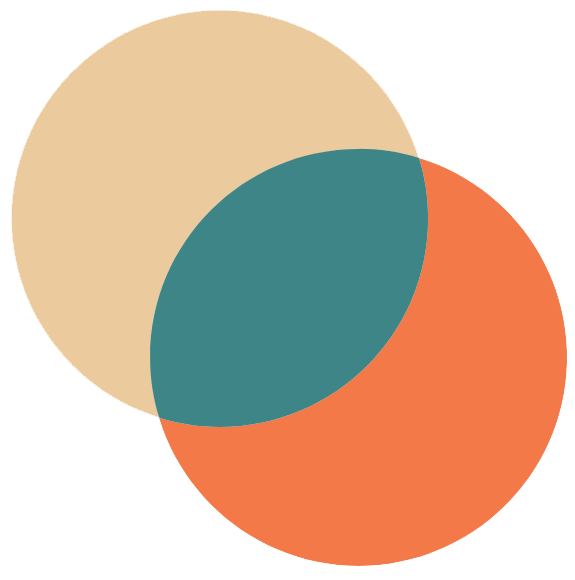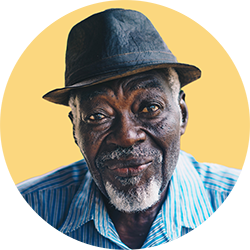3 metrics to track to improve operations in senior living

Post by
John Welch
Head of Product at SafelyYou
In today’s operating environment, ongoing staffing challenges and rising resident acuity demand a data-driven approach to operations. Choosing the right metrics is critical to ensuring that your organization balances service quality, staff efficiency, and resident well-being.
Here are three metrics that are critical to track to ensure optimal care delivery and operational performance:
Metric 1: Care delivery time
Care delivery time is defined as the total amount of time staff spend providing care to the resident. Direct care is defined as hands-on care, such as ADL support and medication administration. Indirect care comprises everything else, including meal delivery, bed-making, and tidying up.


Tracking both direct vs. indirect care time enables operators to baseline effort spent on hands-on care and respond to trends over time. For example, if you notice an increase in time spent on direct care week over week or month over month with a particular resident, this may be evidence of a change in condition and an investigation may be warranted. Staying ahead of acuity increases also enables operators to intervene before falls and other incidents occur.
Metric 2: Care plan variance
Care plan variance is the difference between planned and actual services delivered to residents. New move-ins or residents with rapid changes in needs often require more services than outlined in their care plan, requiring communities to either absorb the extra cost, reassess the resident, or invoice for additional services. Given the pressure on margins from staffing and capital costs, it’s critical for operators to minimize care plan variance and ensure that care delivery aligns with actual resident needs.
Care tracking tools and clinical documentation can help with managing care plan variance by quantifying care delivery and highlighting trends in increasing acuity. For example, a resident whose time with staff increases 20% or more month over month is likely experiencing changes in needs that may not be adequately covered by billed charges. Further investigation is needed to determine whether a change in condition has occurred.
Metric 3: Resident time alone
Lastly, the amount of time residents spend alone can be a key indicator of overall well-being. Residents who spend significant time alone or have increasing amounts of time alone may be at risk for depression and other behavioral health issues. It’s critical to document time spent with visitors and engaged in community activities to ensure that increases in social isolation can be identified early and mitigated.
Clinical documentation, care tracking tools, activity participation, and visitor records are key tools for gathering information about residents’ alone time trends. By closely monitoring and analyzing trends in alone and social time, operators can spot trends and proactively engage residents in activities to avoid the harmful effects of social isolation.
You know what to track. How do you do it?
It’s more important than ever that operators track care delivery time, care plan variance, and resident alone time to avoid risks and optimize resident care. With increasing staffing pressures and an endless array of tools for data collection and analysis, operators must choose technology based on features as well as the training and adherence requirements these tools place on residents and staff. It’s also critical for operators to optimize documentation workflows to minimize the burden on clinicians. And if you opt for automated care tracking solutions, be sure to select options that don’t require staff to remember to wear devices or follow complex check-in workflows when working with residents.
It’s more important than ever that operators track care delivery time, care plan variance, and resident alone time to avoid risks and optimize resident care.
Ambient solutions like SafelyYou Clarity™ deliver what operators need today, with zero staff training or adherence and no wearables—just highly accurate AI-powered care tracking. With SafelyYou Clarity™, you know when care is provided, every time, you can initiate assessments sooner, and you can align your labor to your care plans. See how SafelyYou Clarity™ works here.





